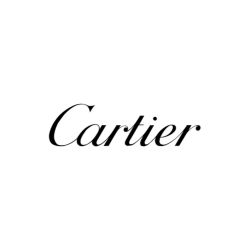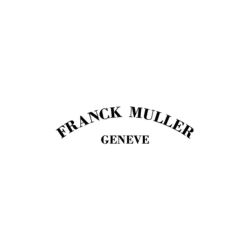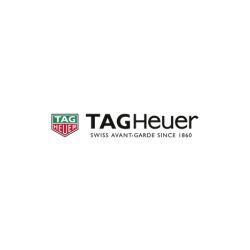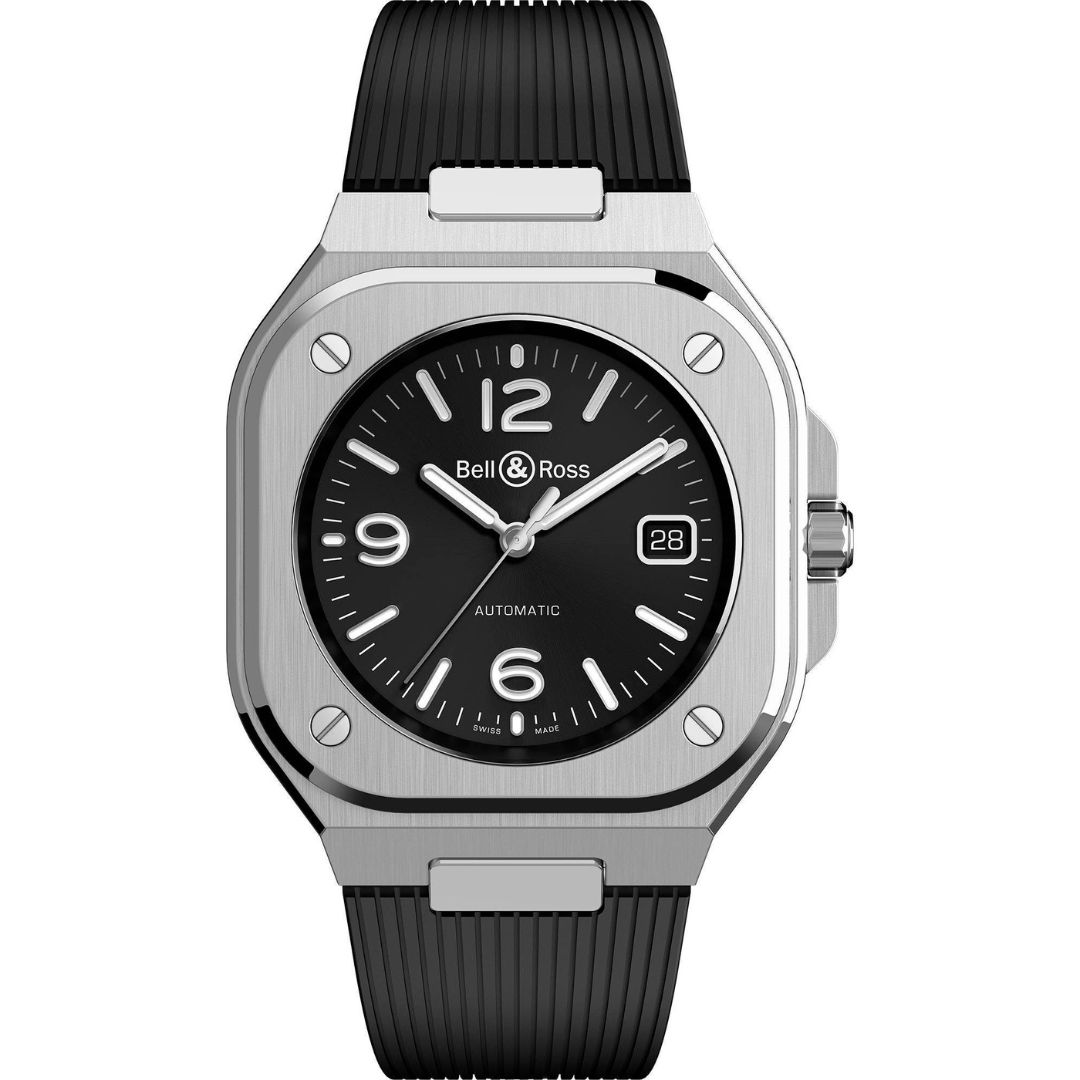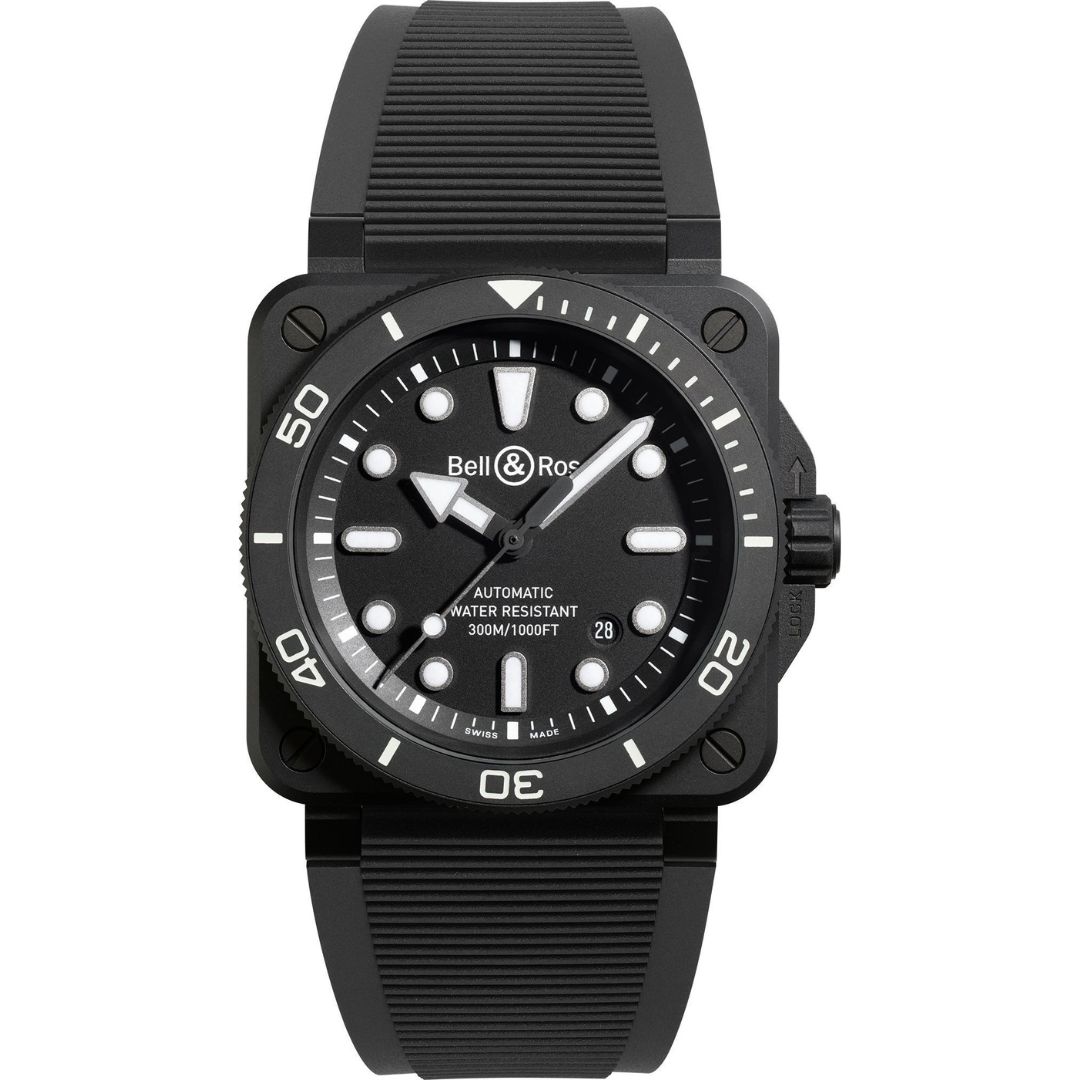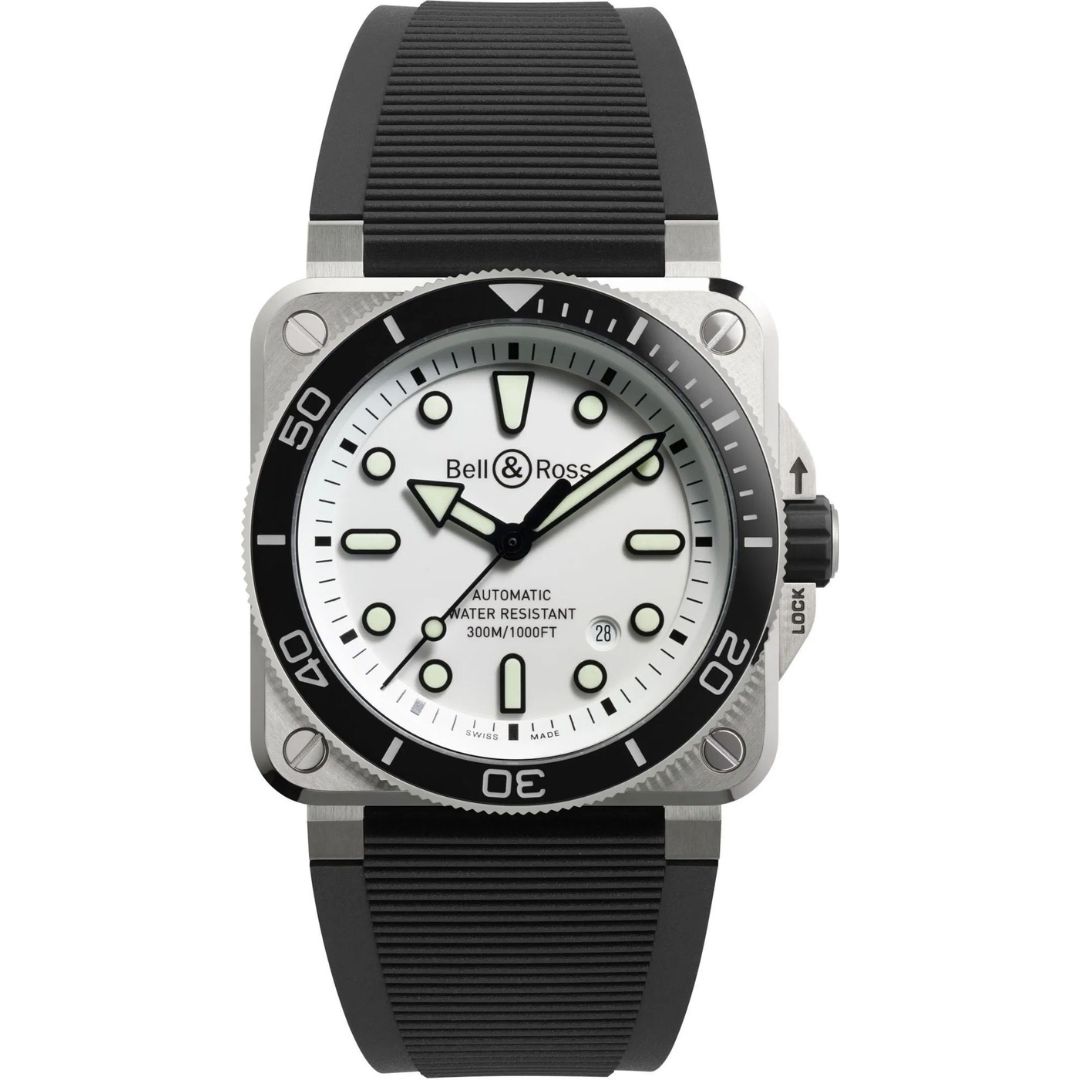Understanding Watch Winders: Purpose, Benefits, and Buying Guide
In the world of luxury timepieces, mechanical watches—especially automatic ones—are revered for their craftsmanship, history, and intricate engineering. These timepieces don’t merely tell time; they embody precision, legacy, and artistry. But to keep them running smoothly and accurately, they need to stay in motion. That’s where watch winders come in.
A watch winder is not just a fancy accessory for your automatic timepiece—it’s an essential tool for collectors and enthusiasts who want to maintain the health, convenience, and longevity of their watches. In this guide, we’ll explore what watch winders are, how they work, why they matter, and what you should consider before buying one.
What is a Watch Winder?
A watch winder is a device designed to keep automatic (also called self-winding) watches running when they’re not being worn. Automatic watches are powered by the movement of the wearer’s wrist. Inside the watch is a rotor that moves with wrist motion, winding the mainspring and keeping the watch ticking.
When an automatic watch is left idle for too long, it stops. Restarting it involves manually winding the watch and resetting the time, date, and other complications like moon phases, perpetual calendars, or dual time zones—which can be tedious for high-end or complex models.
A watch winder gently rotates the watch to simulate natural wrist movement. This keeps the mainspring wound, ensuring the watch is always ready to wear.
How Do Watch Winders Work?
Watch winders typically feature a rotating platform or motorized holder where you mount your watch. The device then turns the watch at specific intervals and directions (clockwise, counterclockwise, or both). These rotations provide enough energy to keep the internal rotor in motion, mimicking how it would move on your wrist.
The essential features of a watch winder include:
- Turn Per Day (TPD): Number of rotations per 24 hours. Most automatic watches require between 600–1000 TPD.
- Rotation Direction: Some watches require clockwise, counterclockwise, or bi-directional winding.
- Timer Settings: Controls rest periods between rotations to prevent overwinding.
- Power Supply: Most winders use AC power or batteries for portability.
Higher-end winders come with programmable settings, protective interiors, and silent motors to preserve both your watch and your peace of mind.
Who Needs a Watch Winder?
Not every automatic watch owner needs a watch winder. If you wear your watch daily, your wrist motion keeps it wound. However, watch winders are extremely useful in the following scenarios:
1. Watch Collectors
If you rotate between several watches, you won’t be wearing each one daily. A winder ensures that your unused watches remain wound, so you don’t have to reset them each time you wear them.
2. Watches with Complications
Resetting perpetual calendars, moon phases, or world timers can be a time-consuming task. Winders keep such complications functioning accurately.
3. Busy Professionals
If your schedule doesn’t allow for constant manual resets, a winder keeps your timepieces ready at all times.
4. Luxury Timepiece Owners
Winders help protect your investment by reducing wear on the crown and winding mechanism, which can become damaged by frequent manual winding.
Benefits of Using a Watch Winder
1. Convenience
Having your watch always wound and set is extremely convenient, especially for timepieces with multiple complications.
2. Movement Health
Keeping the lubricants inside the movement evenly distributed can help avoid coagulation and ensure the longevity of your watch’s mechanism.
3. Protection and Display
Many winders double as luxurious cases, providing a safe and aesthetically pleasing place to store and display your watches.
4. Reduced Manual Handling
Less frequent manual winding means less wear and tear on delicate components like the crown, reducing the risk of damage over time.
What to Consider Before Buying a Watch Winder
Choosing the right watch winder depends on your watch collection, lifestyle, and preferences. Here are key factors to evaluate:
1. Compatibility with Your Watch
Check your watch’s specifications to find the ideal TPD and direction of rotation. Most winders allow customization, but ensure they meet your timepiece’s requirements.
2. Build Quality
Opt for a solid and well-constructed winder with quality materials—wood, leather, carbon fiber, or metal exteriors—and plush, scratch-resistant interiors.
3. Noise Level
A high-quality winder should run quietly, especially if it will be placed in a bedroom or office.
4. Power Options
Some models run on both AC and battery power. Dual-powered winders offer flexibility, especially if you travel or prefer to place your winder inside a safe.
5. Number of Watches
Single watch winders are great for solo watch owners. However, if you have a collection, consider a multi-watch winder that can hold 2, 4, 6, or even 12 timepieces.
6. Design and Aesthetics
Since a winder often sits on display, its appearance should match your décor or reflect your taste in luxury. Some winders come with glass display tops, LED lighting, and lockable doors.
7. Price
Winders range from under $100 to several thousand dollars. Entry-level models are fine for basic needs, while high-end winders from brands like Wolf, Orbita, Scatola del Tempo, or Swiss Kubik offer more features and reliability.
Common Watch Winder Myths
There are a few misconceptions about watch winders. Let’s clear them up:
Myth 1: Winders Overwind Watches
Not true. Automatic watches have slipping clutches in the mainspring that prevent overwinding. Plus, quality winders have timers to avoid continuous rotation.
Myth 2: All Watches Need the Same TPD
Different movements have different TPD and direction requirements. Always consult your watch’s manual or manufacturer guidelines.
Myth 3: Winders are Only for Expensive Watches
While more beneficial for luxury and complicated pieces, a winder can be helpful for any automatic watch owner who values convenience.
Top Watch Winder Brands to Know
- Wolf: A heritage brand known for precision, durability, and elegant design. Features include patented rotation programs and quiet motors.
- Orbita: Offers high-end, American-made winders with long-lasting motors and advanced programming.
- Swiss Kubik: Compact, minimalistic winders made in Switzerland, ideal for safes and travel.
- Barrington: Stylish and affordable, with good reviews for entry-level users.
- Scatola del Tempo: Italian luxury winders crafted with premium materials and traditional craftsmanship.
Should You Use a Watch Winder?
Ultimately, the decision comes down to your needs. If you wear one watch daily and don’t mind setting the time occasionally, you might not need one. However, for watch collectors, professionals, or anyone with complex or high-value timepieces, a winder offers real benefits in convenience, care, and time-saving.
Conclusion
A watch winder is more than just a gadget—it’s a tool that reflects your passion for horology and your commitment to preserving your timepieces. Whether you’re safeguarding a single Rolex Submariner or managing a dozen high-end Swiss complications, investing in a quality watch winder ensures your collection is always ticking, ready, and elegantly displayed.
Choose wisely, maintain regularly, and let your winder work quietly in the background while your timepieces stay wound and ready for whatever the day holds.







